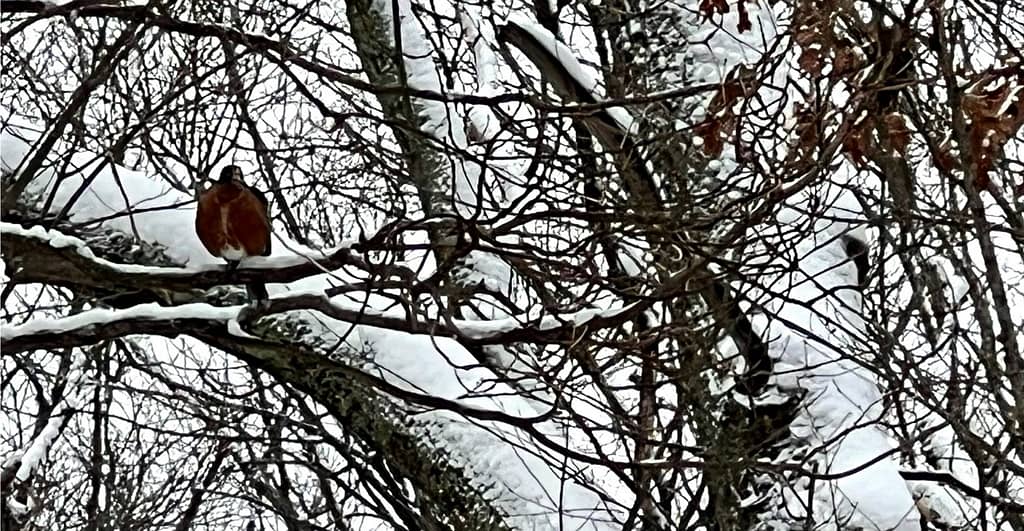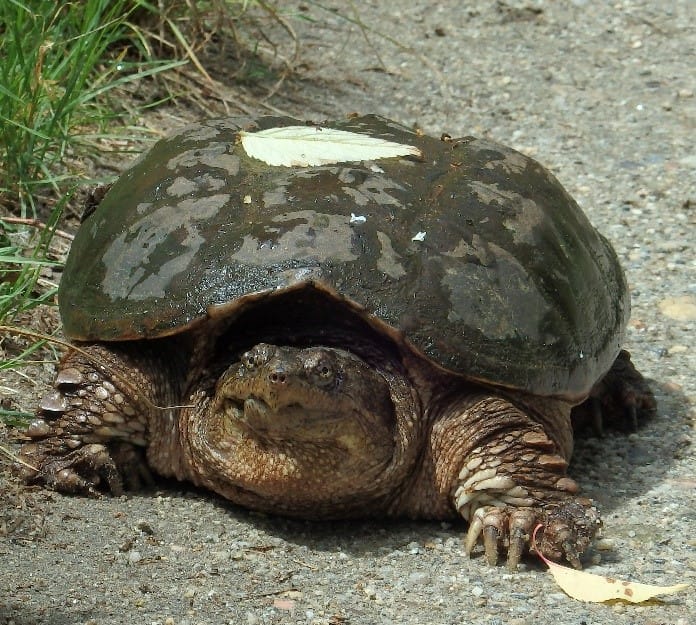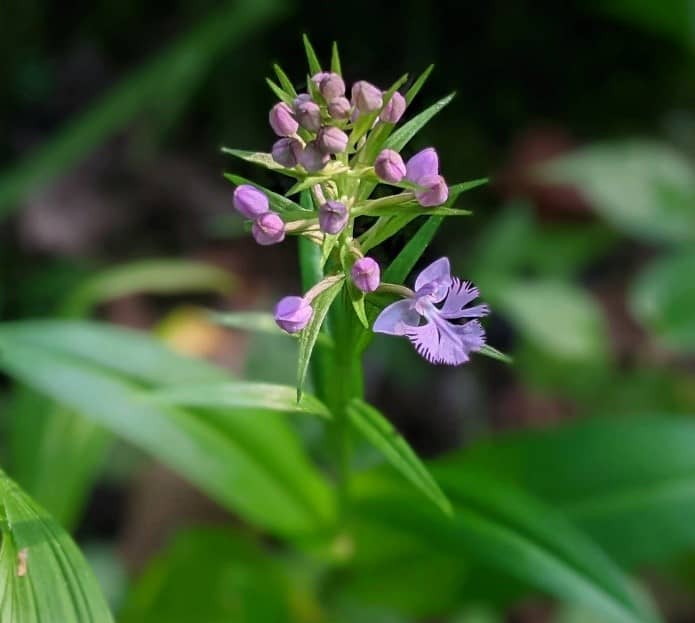by George Jacobi
One robin remained into the new year, living off the suet crumbs that fell from my feeder or were knocked off by more sophisticated winter birds. It didn’t disappear until the recent bitter cold snap. I hope he/she has alternative sources of food. Good luck, robin (bleeding heart liberalism). More robins spend the winter in New England each year. Evolution in Connecticut forest composition, flora, and fauna has been ongoing since the last period of glaciation. The lynx followed the mastodon north from here, as did most porcupines. During my own short lifetime, northward bird migration into CT began with cardinals, then red-bellied woodpeckers, and lately has included turkey vultures. And winter robins. Add the southern pine beetle and the fluke (summer flounder), just for variety, and here’s a surprise: even the opossum didn’t move north into CT until after 1900.

Meadow bird species have declined. Pollinators too. The US Forest Service’s Climate Change Tree Atlas lists hemlocks and aspens as in dire trouble–from warming as much as from their invasive pests. Changes are ongoing. We seem unable to stop or even slow them, and many are causing permanent damage. Where do we go from here?
It seemed important to follow up the January newsletter article with more thoughts on how biodiversity connectivity might become a Joshua’s Trust focus. First, imagine two or three Trust conservation properties separated by suburban/rural Connecticut. Habitats are already fragmented. As they are, the properties will be steppingstones for some wildlife (birds, mammals) to safely move around. But a spotted salamander, which can wander up to 2 football fields from the vernal pool it reproduced in, has a slim chance of making it back the following spring. Unbelievably, a snapping turtle may lay her eggs up to a mile from her home pond. And who will pollinate the widely scattered greater purple fringed orchids?


A “biodiversity corridor” is a potential strip of effective local ecosystem connecting, or almost connecting, already preserved areas and may increase the opportunities for many species (insects, amphibians, reptiles) to migrate locally and seasonally. It thus protects current habitat integrity as well as maintaining water quality (and property values) and hopefully helps species adapt to ecosystem change as the climate warms. Tunnels and bridges for wildlife to navigate roads have been adopted from Belgium to Banff. Even our treasured national parks are isolated islands now, forcing the Park Service to consider corridors to prevent extinctions.
But we may focus too much on charismatic wildlife. CT DEEP’s list of endangered plants is far too long to copy here, and for life on earth, plants are everything. Critical natural systems below the radar include flora and its pollinators, the mycorrhizal network, air quality and temperature, darkness and quiet, and the simple lack of human activity. Any local place that has most of these criteria and trends north and south is prime real estate for Joshua’s Trust. This is the reason the Stonehouse Brook watershed is a significant place to conserve. It goes without saying that you can’t save wildlife, cute or not, without saving their landscape (or waterscape or skyscape).

What IS our reason for conserving and protecting our wild eastern Connecticut landscape? The woods contain most of our biological diversity. A forest is a metaphor for us too: all kinds of living things, healthy or not, in proximity. If all contribute, all benefit from collectively constructed sustainability. We save ourselves by saving our forest. Acting locally, we are binding the edges of wounds together, giving Joshua’s Tract a chance to heal.
But there are deeper reasons for conservation. Words we use to describe human interaction fit here: it’s noble. It’s honorable. A Trust’s purpose is to hold chosen property for chosen beneficiaries. We are not earth’s only heirs. In the January newsletter, Paul Pribula said, “Look at the big picture.” Well, also look out into big time. The natural world that sustained us for 10,000 years deserves to continue even if we accidentally (or deliberately) erase ourselves from earth’s future. We’ve always had compassion, the desire to heal each other. Few choose to extrapolate this emotion to healing the wounded living systems we’ve damaged during our tenure on this rock. We need to act like the keystone species we like to think we are.
Robin, snapping turtle and moss photos by George Jacobi, Orchid photo by Michelle Poudrette
Again…..well said George!
Man’s need for food, water, shelter, and clothing have from the beginning been in tension with the natural environment. What is new is rapid population growth and rapid climate change. Species cannot adapt and evolve quickly enough to survive. Many species are in decline or have already become extinct.
This is an unsustainable course. It is easy to take the natural world for granted even as the species that compose it slip away one by one.
We need more organizations like Joshua’s Trust to conserve natural ecosystems and showcase biodiversity as an important value.
George…Great writing and news! Thanks also for helping us also make the mental “connection” as to what is needed to protect biodiversity in the face of habitat fragmentation and climate change. JT’s prioritization of the Stonehouse Brook Watershed is a significant step and we hope that JT will reach out quickly to work with state, regional and local stakeholders, including the Conservation, Planning and Zoning and Inland Wetland Commissions in the eight Towns that are part of the SB watershed. There is little time to spare…As “keystone species” we know we are already behind the curve.
We are gratefully for all the work that JT’s board, staff and volunteers are doing in our region. We hope to learn more about the proactive strategies that all of us, including members, can implement to help conserve more forestland and linkages in this important watershed corridor.
I’ve been listening to “Crossings: How Road Ecology Is Shaping the Future of Our Planet” by Ben Goldfarb. Eye opening, just how much impact roads and highways have had on wildlife. Thank you for this article, George.